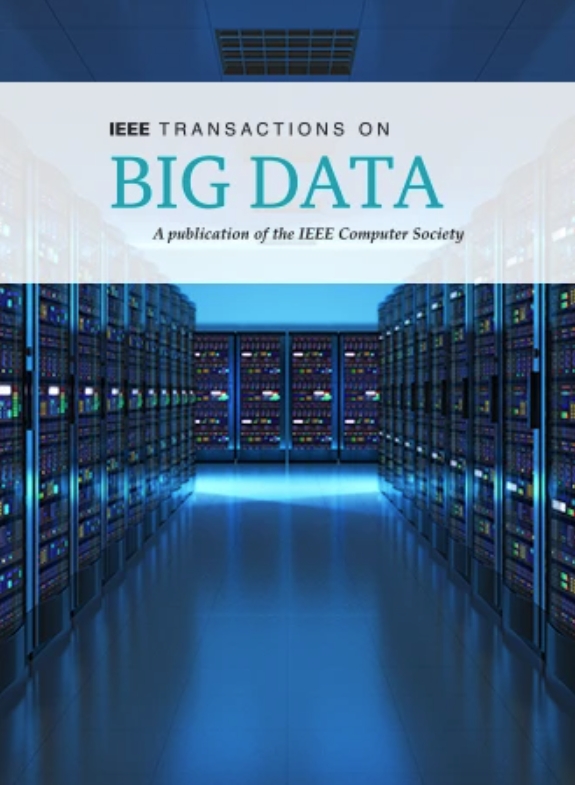基于深度模型的迁移和多任务学习在生物图像分析中的应用
IF 7.5
3区 计算机科学
Q1 COMPUTER SCIENCE, INFORMATION SYSTEMS
引用次数: 0
摘要
从图像数据中学习的一个中心主题是为手头的特定任务开发适当的表示。因此,实际的挑战是确定哪些功能适合特定任务。例如,在果蝇基因表达模式的研究中,纹理特征对于从原位杂交图像中确定发育阶段特别有效。然而,这种图像表示不适合于受控词汇术语注释。在这里,我们开发了特征提取方法来生成ISH图像的层次表示。我们的方法基于可以直接作用于图像像素的深度卷积神经网络。为了使提取的特征具有通用性,使用具有数百万标记示例的自然图像集来训练模型。这些模型被转移到ISH图像域。为了解决源域和目标域之间的差异,我们提出了一种部分迁移学习方案,其中只迁移源模型的一部分。我们采用多任务学习方法对带有标记的ISH图像的预训练模型进行微调。结果表明,基于迁移和多任务学习的深度模型计算的特征表示在不同阶段范围内显著优于其他注释基因表达模式的方法。本文章由计算机程序翻译,如有差异,请以英文原文为准。
Deep Model Based Transfer and Multi-Task Learning for Biological Image Analysis
A central theme in learning from image data is to develop appropriate representations for the specific task at hand. Thus, a practical challenge is to determine what features are appropriate for specific tasks. For example, in the study of gene expression patterns in
Drosophila
, texture features were particularly effective for determining the developmental stages from in situ hybridization images. Such image representation is however not suitable for controlled vocabulary term annotation. Here, we developed feature extraction methods to generate hierarchical representations for ISH images. Our approach is based on the deep convolutional neural networks that can act on image pixels directly. To make the extracted features generic, the models were trained using a natural image set with millions of labeled examples. These models were transferred to the ISH image domain. To account for the differences between the source and target domains, we proposed a partial transfer learning scheme in which only part of the source model is transferred. We employed multi-task learning method to fine-tune the pre-trained models with labeled ISH images. Results showed that feature representations computed by deep models based on transfer and multi-task learning significantly outperformed other methods for annotating gene expression patterns at different stage ranges.
求助全文
通过发布文献求助,成功后即可免费获取论文全文。
去求助
来源期刊

IEEE Transactions on Big Data
Multiple-
CiteScore
11.80
自引率
2.80%
发文量
114
期刊介绍:
The IEEE Transactions on Big Data publishes peer-reviewed articles focusing on big data. These articles present innovative research ideas and application results across disciplines, including novel theories, algorithms, and applications. Research areas cover a wide range, such as big data analytics, visualization, curation, management, semantics, infrastructure, standards, performance analysis, intelligence extraction, scientific discovery, security, privacy, and legal issues specific to big data. The journal also prioritizes applications of big data in fields generating massive datasets.
 求助内容:
求助内容: 应助结果提醒方式:
应助结果提醒方式:


